By Girija Madhavan
A visit to the newly-widened Irwin Road in Mysore city, brought back in contrast, memories of the same road in 1965. Old landmarks, the Mosque, Temple, Post Office, Bank and Police Station are still there; but the old chaotic bustle has given way to modern sophistication. The road is named after Henry Irwin [1841-1922], the architect who built the Mysore Palace and iconic buildings in cities like Madras and Shimla in his signature Indo-Saracenic style. He died in Ooty and his tomb, now needing renovation, is still there.
After two diplomatic posts abroad, a visit in 1965 to Mysore and my parents’ home in Yadavagiri was the real home-coming, where Gulmohars blazed in orange and scarlet on either side of the main road and sparrows fluttered in the backyard. Many trees have since crashed, their high-ridged roots too shallow to sustain them, replaced by shady, leafier less flamboyant ones. The sparrows too have vanished.
My father, M. Venkatesh, after retirement lived in a bungalow in Yadavagiri built for him by Architect Rama Rao and Contractor Shama Rao in 1948; a sturdy, new, boxy style with sweeping Chhajjas. They had built houses for Mysore’s wealthy oil merchants, in Yadavagiri; one bungalow still remains on Vivekananda Road.
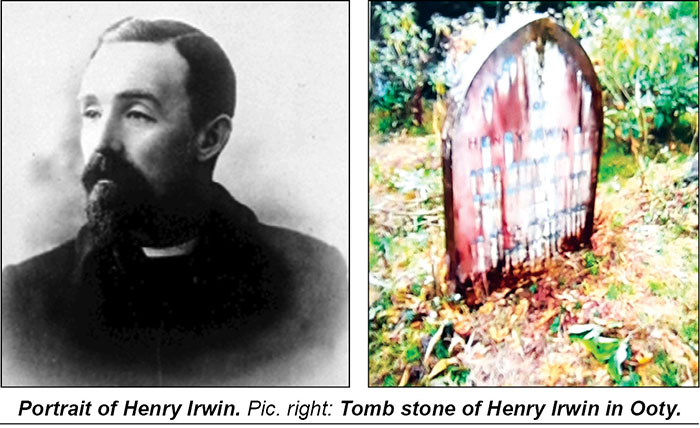
Father loved cars, had once owned two. When he stopped driving, he took happily to the Mysore City Bus Service. Walking down to the Akashvani Bus Stop in grey flannels, blazer, silver-headed walking stick and felt hat, he became a familiar figure on the city buses and made friends with the regulars on his route.
He sometimes shopped for fruits or vegetables in Devaraja Market. Mother washed all fruit or vegetables in “Pinkie” [a light solution of “Potassium Permanganate” crystals] to ward off typhoid and dysentery. She disapproved when he came home with a large, unwashed water melons with a square holes cut inside to test their red ripeness, overripe bananas or other fruit.
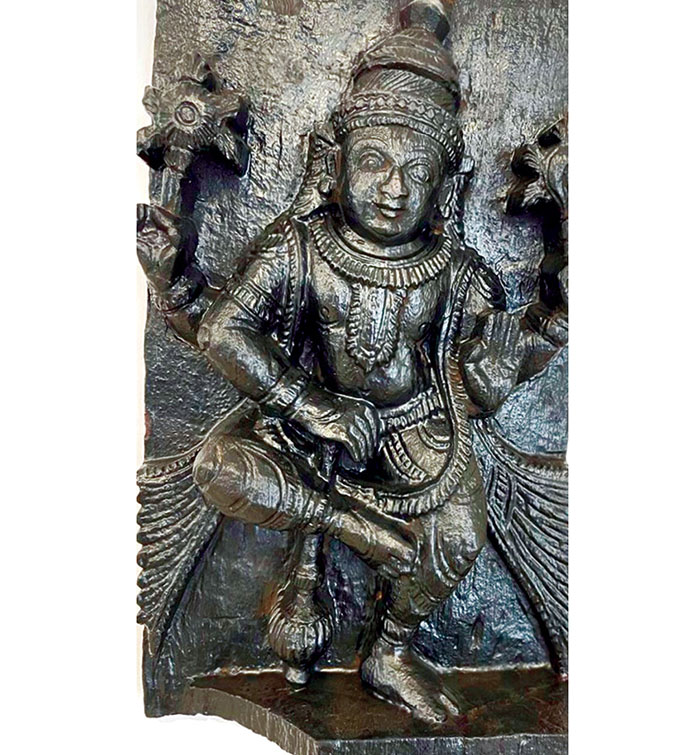
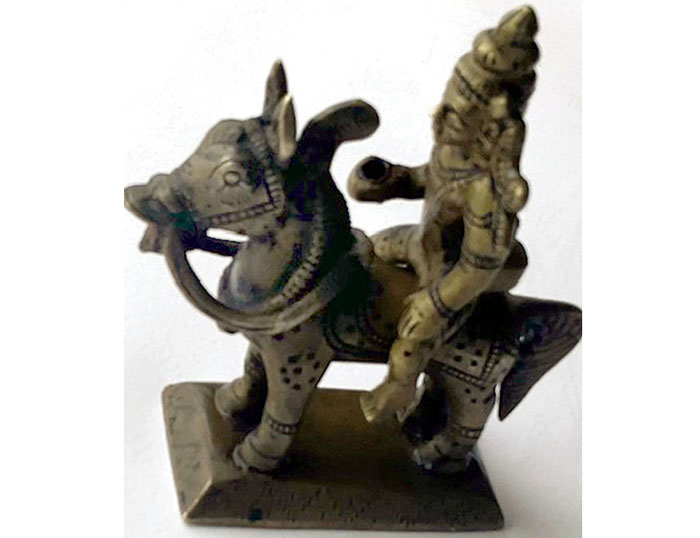
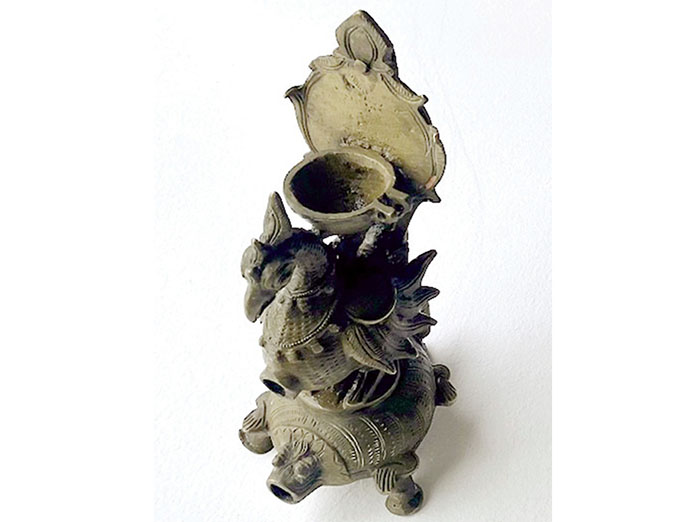
So he switched to walking down Sayyaji Rao Road instead. On this holiday I accompanied him. The first stop was at R. Krisnaswamy, Stationers and family friends. Faulty or leaky fountain pens, with which he wrote accounts in a ledger, were taken to the “Pen Hospital” next to Chamundeshwari Talkies or to Nadam’s Pen Corner on Bank Road. For medicines he went up the road to T.C. Nataraj, Chemist where a “Compounder” dispensed prescriptions filling liquid medicines in glass bottles with markings for dosage. Before returning home, Srinivasa Stores was a favourite spot for shopping, a chat and sampling forbidden delights like raisins or jaggery cubes.
One day I asked to go instead to Irwin Road to buy tamboora strings only available in the musical instrument shops there, remembering also that a new milk pan was needed for the kitchen. After the tamboora strings were bought, I found a shop selling steel and aluminium vessels. As the purchase was being wrapped in paper and tied up with jute string, I noticed a basket in a corner filled with small dusty objects. I picked up a small brass figurine of a rider who was slotted on to a horse, the sword in an upraised arm was missing and a “Hamsa” bird astride a tortoise.
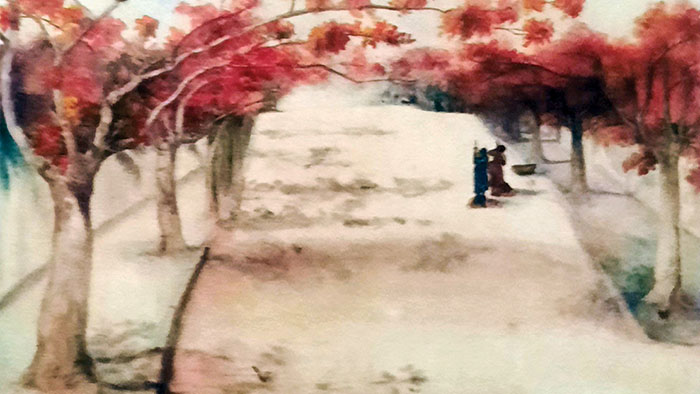
“Rural folk bring in these broken brass things to exchange for new steel goods. We pay only for the weight of the metal,” the shop man said with a shrug. Stoppers from the tortoise’s snout and the bird’s breast were missing, a shallow plate was attached to the back of the bird’s neck. On the back of the outspread tail, an empty frame with a hinge indicated where a round mirror of glass or burnished brass might have been. This was a vanity case for holding toiletries like kumkum, turmeric and kohl [kannkappu] for a young village belle!

Emboldened, I ventured further down Irwin Road where wood and ivory inlaid items were sold. They had old wooden carvings for sale from dismantled temple Rathas or chariots. These shop men were aware of the antique value of some beautiful panels, so most were beyond my means. However, a small black wooden piece revealed a single carving which my father identified as Vishnu. The mere Rs. 15 I paid was not only for the art or the spiritual value embodied in the artefact but also to treasure and protect the aesthetic that was once part of daily life. The brass figurines and Vishnu have accompanied me on all my travels and are with me here in Mysore too.



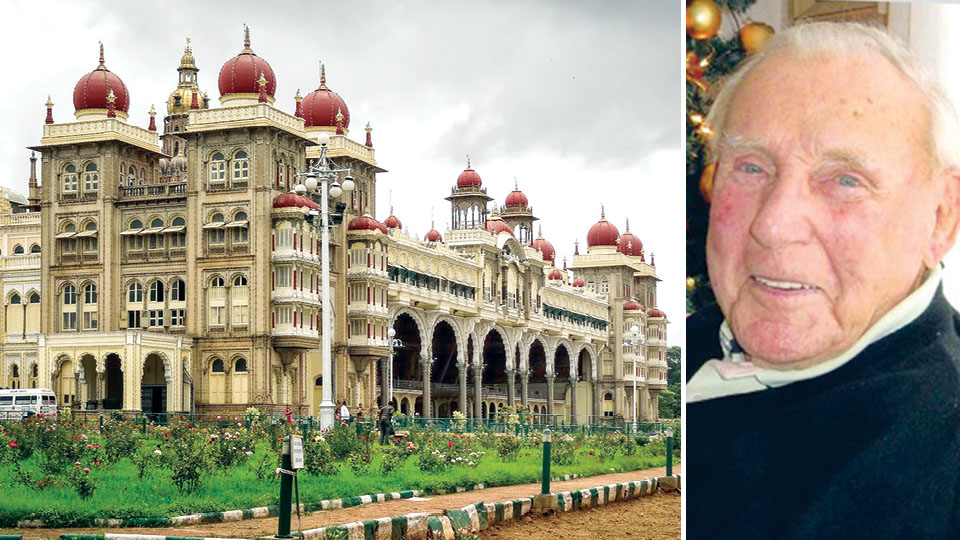
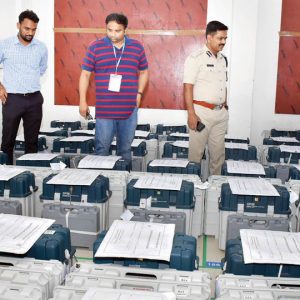
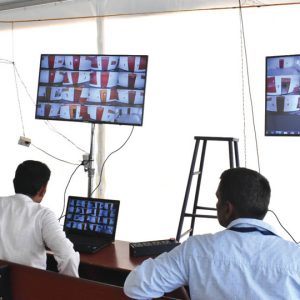
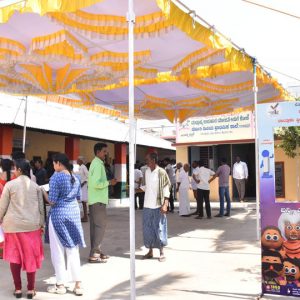
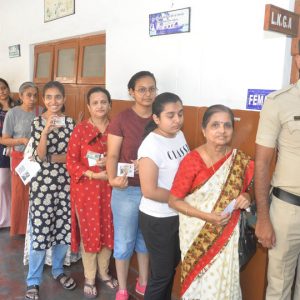
Recent Comments